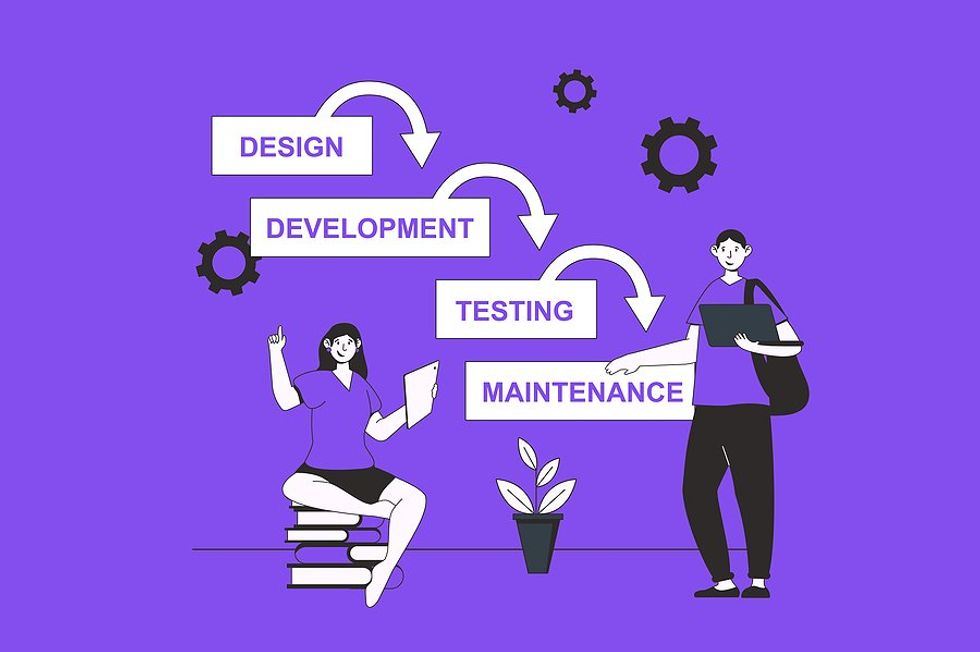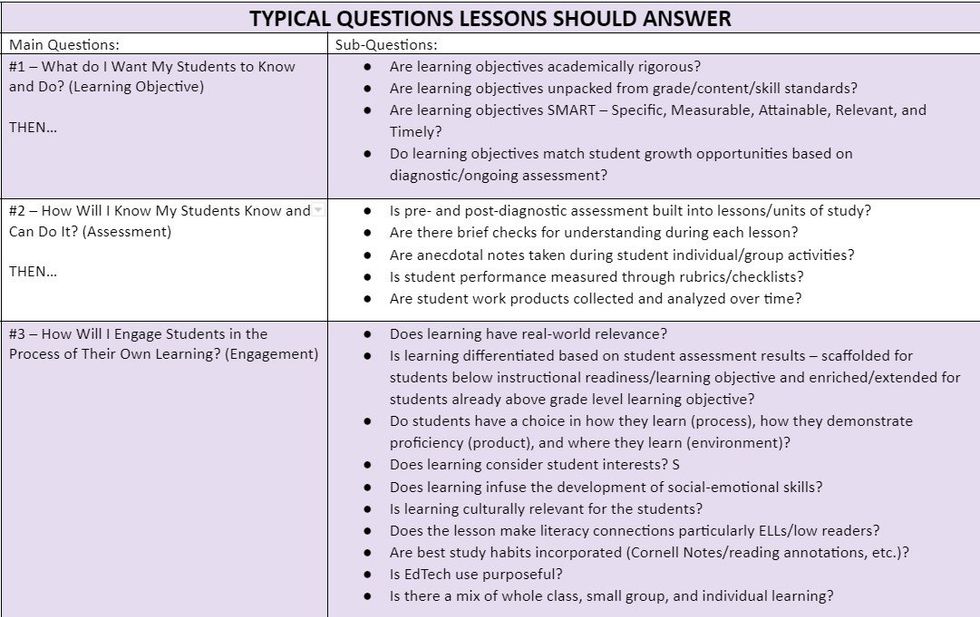People vs. Profit: The No. 1 Skill CEOs Lack In The New Purpose-Driven Economy

When it comes to running a successful business, CEOs must have the necessary skills to manage both people and profit. Not knowing how to balance these two things is the number one skill CEOs lack in the new purpose-driven economy.
In this article, Work It Daily experts from Vistage delve into the complexities of balancing these competing priorities and offer strategies for creating a sustainable business model that benefits both people and profit. Read on to discover what CEOs should know about people, profit, and success.
Kirsten Yurich
The number one skill I see lacking is the view that people and profit are a dichotomy. I believe that placing them at odds is a detriment to leadership and business success.
People are your profit. Only people will lead you out of a complex situation. Only people will find a better way to do something. And letâs be honest, it’s only people that will show up at your funeral.
Pitting profit against people places leaders in the position of having to choose. Having to think there actually are only TWO CHOICES! Saying, “What should I do here, pick people or pick the bottom line?”
What I suggest they do is ask âWHAT COULD I DO HERE?â
- What could I do that values both people and doesnât place the business at risk?
- What could I do that will leverage my people for the sake of the bottom line?
- What could I do to turn two choices into more?
Thinking about people and profit as connected and not in competition with each other opens more possibilities for leaders.
Often, the dichotomy becomes more real when short-term decisions that promote or invest in people are costly in the near term. However, when taking a long view, many of these same decisions are both good for people and the bottom line. One just needs a wider lens with which to view the issue. Take for example investing in leadership developmentâa cost often viewed as a luxury over a necessity. McKinsey and others report otherwise. Investing in leaders values the people but when budgets get tight it is often cut.
This is a bias for the short term and an overall fallacy. When the costs of leadership development are compared to the costs of leadership mistakes and compounded by employee turnover costs, development expenses are both necessary and inexpensive.
People are your profit!
Kirsten Yurich is a former CEO and current Vistage Chair. As a clinician, professor, author, and executive, she leverages this unique blend and creates learning environments for executives to become better leaders, spouses, and parents.
Mike Thorne

One of the top reasons why CEOs report that they didnât deliver on their âoperatingâ plan is related to execution. When you dig into it, we also see that there is a disconnect between the business strategy and the people strategy. In most cases, there isnât a people strategy (less than 50% of SMB leaders say they have one) so fundamentally it says there is value in determining what role people have in delivering the profits you anticipated.
For many SMB owners/CEOs, if their business is growing or making enough money from their perspective, they can brush off the miss and keep going on. For those who want to be the best, it is time to reflect on what is happening with the “P” side of the P&L, and I donât mean profit. I mean PEOPLE.
According to a recent HBR study, purpose-led companies had faster growth and were more profitable. They averaged 12.5% higher EBITDA growth over a five-year period.
“How do I get there?” you might ask. I would start by going back to the well and reminding yourself of what the purpose you started with OR whoever started the company, what was their purpose? In that reflection time, be honest with yourself and decide if you are living it yourself or not. If not, why not? If yes, ask why isnât it translating?
Here comes the part where you have to be willing to ask your organization (all levels), your suppliers, and your community and you will be pleasantly surprised at how they observe a lot of what happens and you will be able to take their feedback and perspective and begin to re-engage the organization on its purpose, live it, and engage everyone in it. Call out when people do things that show it, highlight when it isnât lived, and reward those who carry it forward.
When you get this clarity, make sure that you are building a people strategy into your business strategy. It will allow you to put the foundation in place, and here is the value:
- Customers, employees, and the community will have clarity and will bring connected ideas, opportunities, and concerns to the forefront to grow and minimize risk. An increase in loyalty, sales, and advocacy (HBR).
- The employee turnover at first may spike as people opt out, but in a short time it will drop and you will have a more sustainable organization, reducing costs.
- Decision-making will speed up as people have clarity. Again, this will be an evolution and bumpy at first. It takes time to help people know where and test the guardrails.
In the end, reality always WINS. Always.
Mike Thorne is a former CEO and current Vistage Chair. He leads and facilitates a group of trusted advisor entrepreneurs and a CEO peer group in New Hampshire and Maine.
Mark Fackler

This monthâs CEO Table Talks topic asks the question in relation to people vs. profit: âWhat is the number one skill CEOs lack in the new purpose-driven economy.â
First, letâs explore people vs. profit. I donât consider these at odds with each other. In fact, I consider them in tandem with each other. Invest in people and increase profit. Of course, there is a limit to the investment, but a CEO should never stop investing in people. Never, never, never.
I suggest you focus on staff development long before you invest in perks like massages, dry-cleaning, and happy hours. Focus on education. Do not use the excuse that you canât afford to educate staff. You might not have the cash to pay for formal education like degrees or even seminars, but there are countless less expensive alternatives, from lunchtime learnings to book clubs to YouTube videos. There is always a solution. Investing in your people will 1) make them more productive and 2) give them pride which is priceless.
Regarding the number one skill CEOs lack in the new purpose-driven economy, Iâd like to shift to what is the lowest-hanging fruit that CEOs are ignoring. Simon Sinekâs âJust Causeâ is a goldmine for forward-looking leaders. In his book The Infinite Game, Sinek defines a Just Cause as a âspecific vision of an ideal state of the future that inspires people.â “Inspires people” is the key phrase in the definition. An inspired staff creates a ripple effect or, more accurately, a tidal wave of goodness, from increased productivity to low turnover to high-quality employee candidates.
In this short piece, I canât describe a Just Cause, so please do your research. What I can do is give examples to inspire you to be part of this movement.
A plumbing companyâs Just Cause could be âwater for everyone.â A pest control companyâs Just Cause could be âno more malaria.â A bankâs Just Cause could be âsecure savings for everyone.â
Think of the implication of the bankâs Just Cause. Not only is âsecure savingsâ mentioned, but also âeveryone.â The idea that everyone on the planet could have savings is a âspecific vision of an ideal state of the future that inspires people.â I would want to work for that bank. I would want to put my money in that bank. I would want to be part of moving toward that Just Cause.
Like I say, this is low-hanging fruit. What are you waiting for? Pick the fruit!
Mark Fackler is a retired CEO and currently leads the Vistage CEO group that he was a member of from 1991 to 2002. He is passionate about creating great ROI for his member CEOs.
What’s your experience trying to balance driving revenue and optimizing profitability? Join the conversation inside Work It Daily’s Executive Program.




































